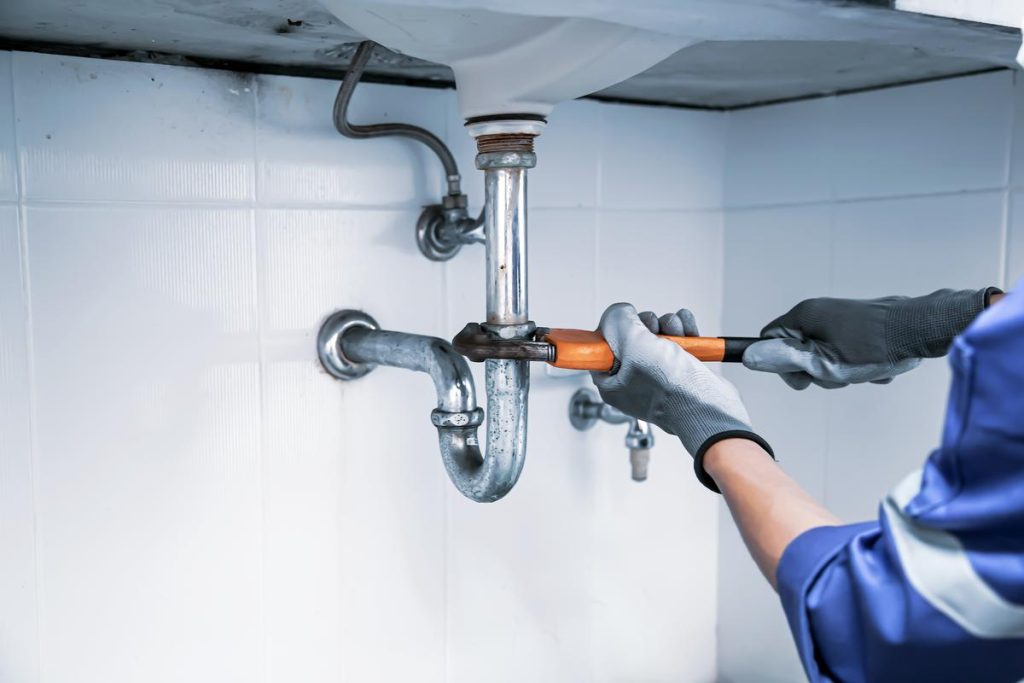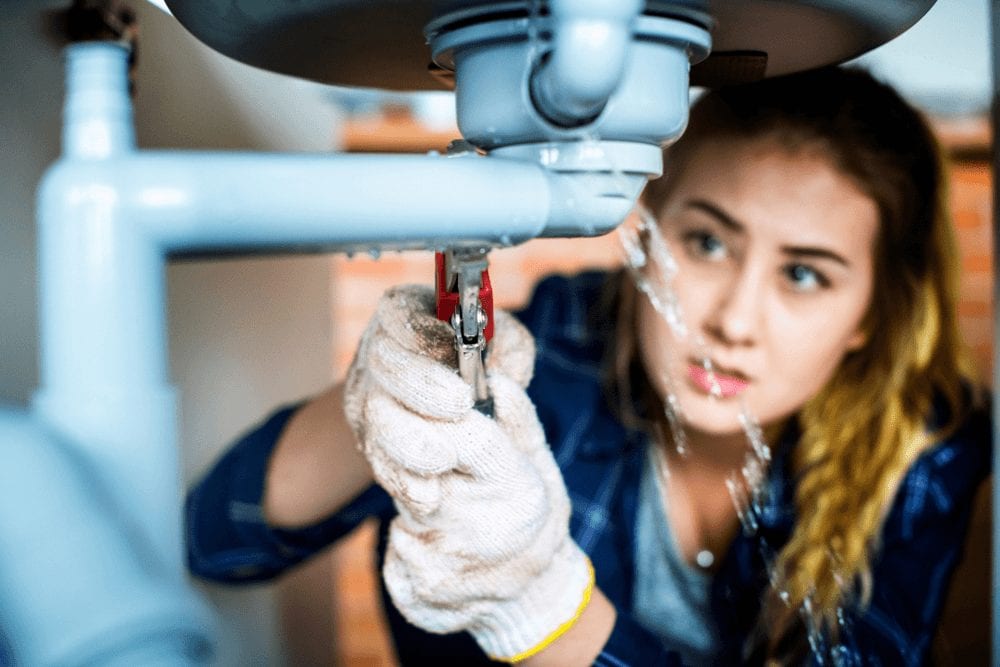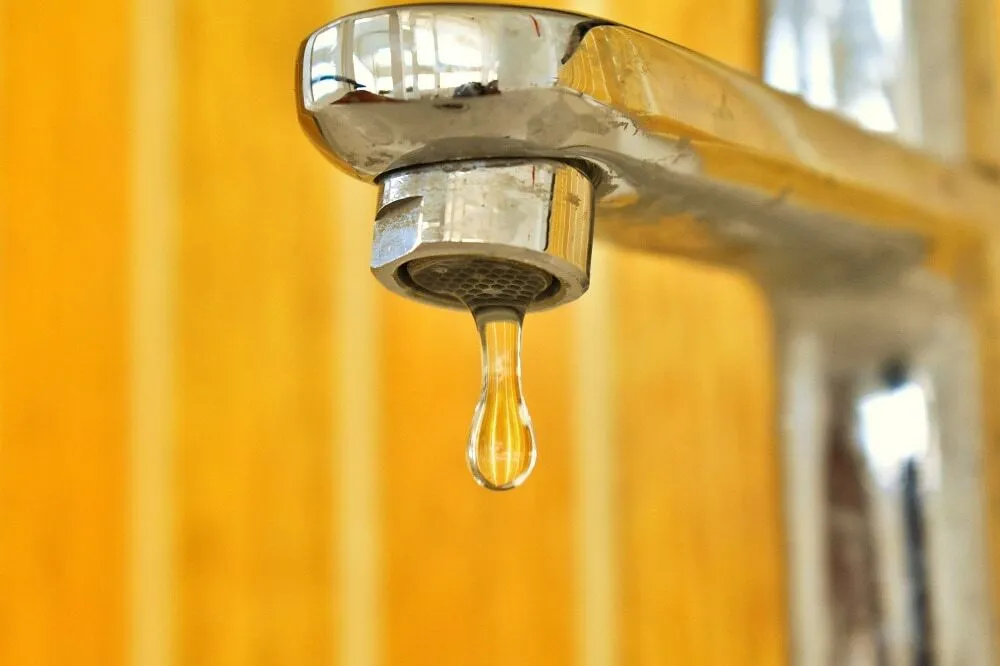Plumbing problems and solutions
Plumbing problems are going to pop up even when you are very diligent about taking care of things. That is why you need to have access to professional plumbers who can help you out when you are in need.
When ignored, even minor plumbing issues can cause significant damage to your house. Plumbing problems can be caused by faulty sewer systems, high water pressure, and broken pipes. You can prevent most of these issues by keeping a watchful eye on your systems.

Common Plumbing Problems and Solutions
Problem
Drains often clog from accumulated hair, soap scum, or debris. Clearing them typically requires a plunger, drain snake, baking soda and vinegar treatment, or a plumber for severe clogs.
How to fix it
Installing drain screens can help collect hair and debris before going down the drain. Routinely pouring boiling water down sinks and showers melts soap buildup.
Leaking faucets waste hundreds of gallons yearly, increasing bills. Drips often occur when washers or O-rings wear out.
To fix a dripping faucet, first turn off the water supply valves under the sink. Then, disassemble the faucet handle and replace old washers and gaskets. Make sure you reassemble the parts properly. If drips continue, replace the entire fixture.
Constantly running toilets usually means the flapper valve isn’t sealing properly after flushing.
Replacing the flapper is an easy fix. First, try jiggling the flush lever to dislodge any debris. Make sure the chain connecting to the flapper isn’t too tight, preventing a complete seal. Then, replace the old rubber flapper valve itself and adjust it to sit properly over the flush valve opening.
Partial clogs or buildup in pipes slow water drainage from sinks, showers, and tubs over time.
Using a zip-it drain cleaner can hook up hair clogs for removal. Using a homemade baking soda and vinegar treatment also helps dissolve soap buildup. For tough clogs, snaking the pipes manually scrapes the insides. Removing the p-trap under sinks gives access to clean out debris as well. Preventatively applying an enzymatic drain cleaner monthly breaks up grease before it clogs. For extreme cases, a professional drain cleaning service can hydro-jet the pipes.
Unfixed leaks lead to excess water waste, property damage, and mold risks. Signs of a water leak include higher-than-normal water bills, newly visible water spots on structures or drywall, musty smells indicating mold, sounds of running water in walls, and low water pressure.
To fix a leaky pipe, first turn off the main water supply before attempting repairs. Then, wear protective equipment when making fixes, and replace any worn washers, bolts, or fittings causing drips. For larger pipe leaks beyond DIY capabilities, have a professional plumbing service handle the necessary repairs.
Failing water heaters normally start wearing down after 10 years Issues include changes in hot water temperature, higher energy bills, strange noises, or corrosion and leaks.
Maintaining heaters properly keeps them lasting longer. Annually draining sediment prevents buildup inside the tank. Testing the temperature and pressure relief valve confirms it can open if overheating occurs. Keeping exhaust vents clear allows proper airflow. Replacing anode rods on schedule protects the tank lining from corrosion.
Addressing any small leaks quickly prevents further damage. Knowing when to replace the entire unit based on age or failure signs saves on repairs long-term.

Troubleshooting
Identify the problem that is occurring with your drains, specifically, the individual drains which are not functioning correctly.Some typical problems are these:
- Slow sink or tub drains.
- Water backing upin the bathtub, shower, or sink.
- Wet areas in walls or along floors in rooms adjacent to walls containing drain pipes.
- Wet areas in the lawn near drain piping.
- Unusual gurgling or bubbling sounds when water is draining.
Try to determine the extent of your “slow drain” problem.If it is isolated to only one sink or other fixture, it is probably localised to the individual pipe that connects that fixture to the main line. In other words, if only the kitchen sink drains slowly, the problem is in the sink trap or drain line that connects to the larger pipes which additionally carries water from other sinks, the commode, and the bathtub.
Determine the route the waste water takes to reach the main drainpipe.Many times, the individual drain pipes are routed though the wall cavity, interconnecting to other pipes, which then go below the floor and exit the home to either the septic system or sanitary sewer.
Flush the drain which is not operating like it should with very hot water.For a bathroom or kitchen sink, this can be done by stopping the drain and filling the sink with hot water from the faucet.

Mistakes People Make That Cause Plumbing Problems
1-You’re in a rush and know you can repair that leak, pronto. Always, always shut off the water first. If you forget, you risk a flood and damage to the pipes as you work desperately to reconnect, all quicker than you can say “release valve!”
2-Teaching your kids how to responsibly use home appliances, which includes age-appropriate supervision, will go a long way to preserving the life of your equipment, as well as your sanity. And maybe even save a few of your kid’s smaller toys from a watery grave.
3-If you are going to replace a pipe yourself, be sure to double-check (then check again) the type of pipe and connector appropriate for the job. Consult Simpson Plumbing if in doubt; we promise to help in any way we can and will never overcharge you.
4-The risk of damage can be high, particularly when using a drain cleaner on heavy-hitting appliance pipes, like those attached to your washing machine. A little caution here will save you bundles of both cash and frustration. Also, be careful if you’re trying to use tools to clear a drain. Common equipment includes plumbing snakes, which if used improperly, can do more harm than good. Where a heavy-duty barbed drain cleaning tool may work on sturdy plumbing, it can do a number on interior PVC plumbing.
Your drain lines carry waste and wastewater away from your home. Neglecting proper maintenance can lead to clogs, backups, and costly repairs down the line. Regularly cleaning your drain lines and scheduling professional plumbing inspections or repairs as needed can help prevent these issues.

